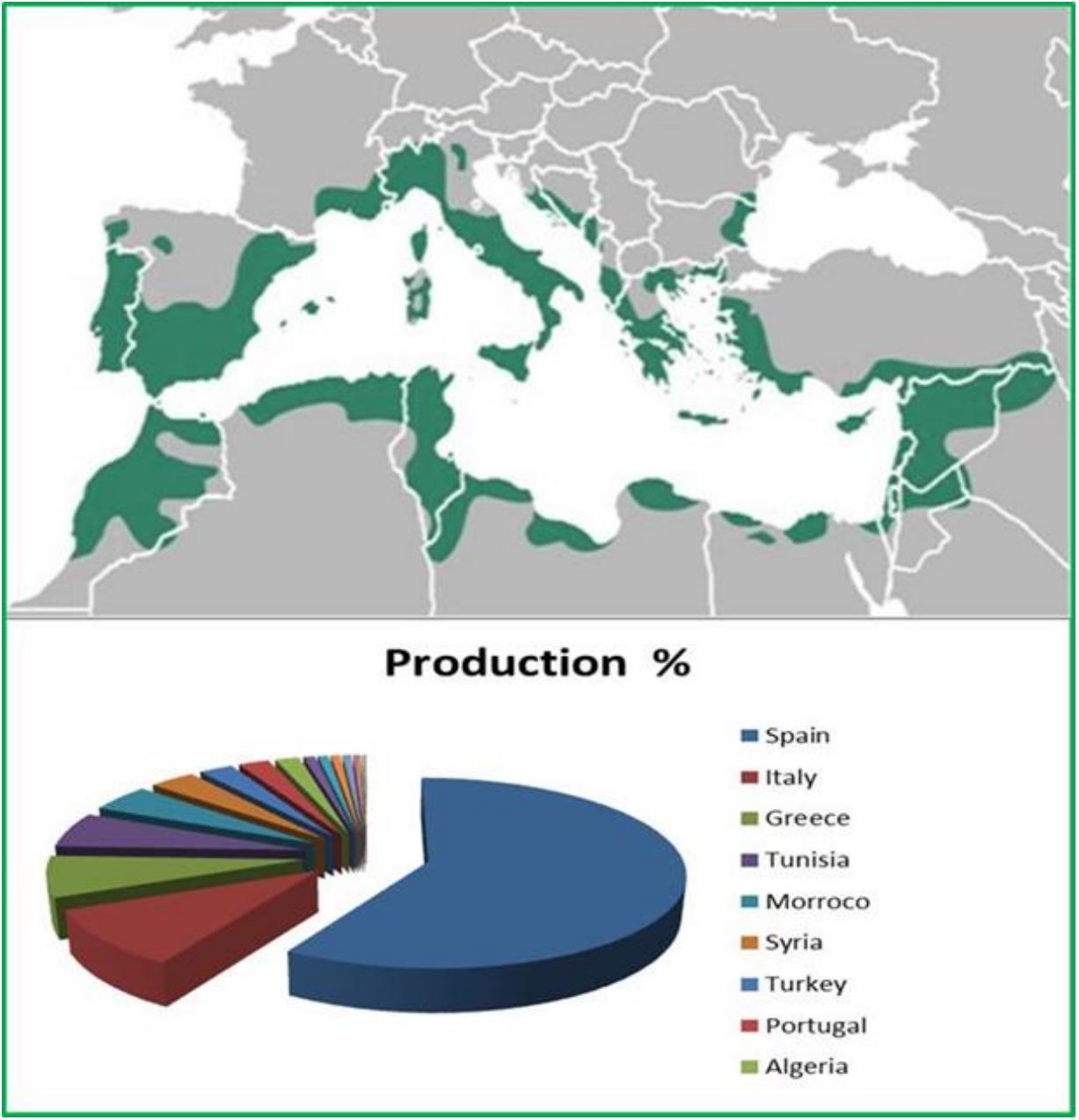Bioactive chemlali olive derivatives and compounds useful for pharmaceutical purposes: A review

Several articles in the literature deal with and analyze components extracted from the olive tree, but these researches are mainly focused on the quality of olive oil and more precisely its volatile components, often related to their antioxidant properties, which denies other derivatives of the olive tree that are traditional sources of several healing broths. A thorough comparison of the richness of the different derivatives as well as the methods of extraction and identification will help to provide a useful decision-making tool. Olive tree derivatives were extracted in different ways to better understand the chemical composition of the Chemlali olive tree variety as well as to evaluate the efficiency of advanced extraction procedures. A comparison through the IC50 of the Chemlali variety with other olive cultivars was performed. It shows the richness of this variety in polyphenols.
In addition, we present here a qualitative and quantitative table of basic chemicals for pharmacological use derived from olive oil, leaf, and bark that have been previously described in the literature. Diverse types and concentrations of phenolic compounds—an important class of natural antioxidants—can be found in different components of olives, including leaves, fruit, pits, seeds, bark, and paste. However, comprehensive studies are deficient in comparing the quantities extracted from these different sources. Indeed, this review attempt shows the diversity of Chemlali through the use of high-value-added molecules (VAT), which can be categorized as diterpenes such as tyrosol and phytol, triterpenes such as squalene, as well as cinnamates.
Download the full article as PDF here Bioactive chemlali olive derivatives and compounds useful for pharmaceutical purposes: A review
or read it here
Ksibi, H. (2023). Bioactive chemlali olive derivatives and compounds useful for pharmaceutical purposes: A review. International Journal of Plant Based, Pharmaceuticals, 3(2), 215-227, https://doi.org/10.29228/ijpbp.35.

